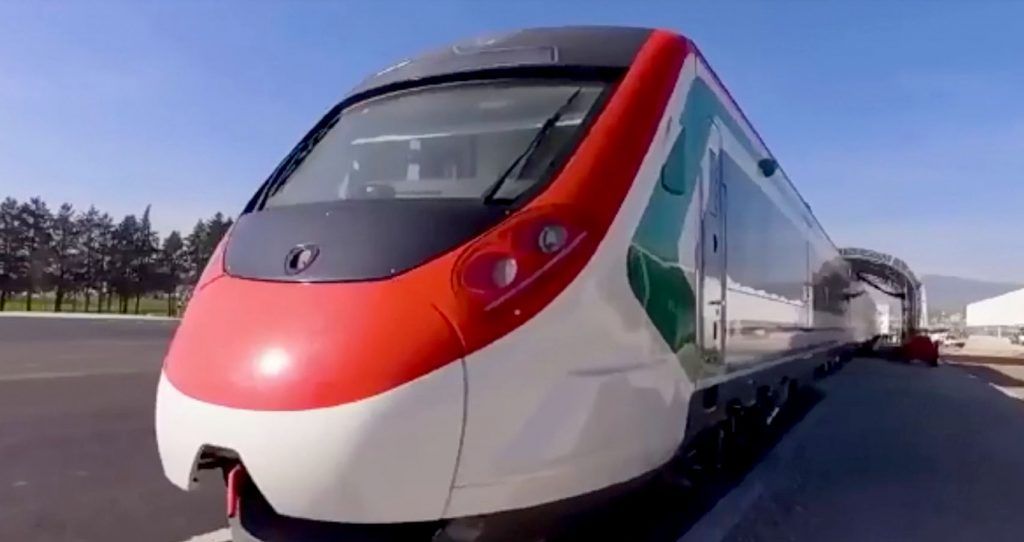The Mexico-Toluca Intercity Train will begin operations on September 14, 2023, at the Zinacantepec, Pino Suárez (Toluca Centro), Tecnológico (Metepec) and Lerma stations, as part of the first stage.
The new transportation service will operate with a 10-minute frequency, starting at 6:00 a.m. and ending at 11:00 p.m. It will initially serve the Toluca metropolitan area and is expected to be completed by December 2023.
In November 2017, the Ministry of Communications and Transportation announced the construction of the Interurban Train. This train will cover the 58 kilometers between Mexico City and Toluca, the capital of the State of Mexico.
But construction was suspended from January 10, 2018 to April 24, 2018 due to litigation related to compensation for land use rights.
Then, on December 12, 2019, the Ministry of Communications and Transportation resumed construction of the Interurban Train.
As of December 26, 2021, the project was approximately 76% complete (41 of 57.87 kilometers), and work on the remaining tracks was half complete.
On March 3, 2022, the Secretaría de Infraestructura, Comunicaciones y Transportes (SICT) and the Mexico City government entered into a coordination agreement to reallocate 950 million pesos for a section of the Tren Interurbano.
In June 2022, the parties amended the coordination agreement to increase the amount of reallocated funds to Ps. 1.3 billion.
The intercity line is 57.7 km long and will carry 230,000 passengers per day with a 39-minute journey time between Zinacantepec and an interchange with line 1 of the Mexico City metro at the Observatorio metro station.
Mexico-Toluca intercity train
The line will span 38 km in the State of Mexico and 20 km in Mexico City. It will have seven stations and is expected to benefit 81,000 people per day by 2024.
Looking ahead, the project is projected to transport between 147,000 and 195,000 people per day by 2045.
The main benefits of the Mexico-Toluca Intercity Train include increased mobility and reduced vehicular traffic, benefiting 3.5 million people. Additionally, travel time will be reduced from 57.7 kilometers to just 39 minutes. The project will also lower vehicle operating costs and CO2 emissions.

